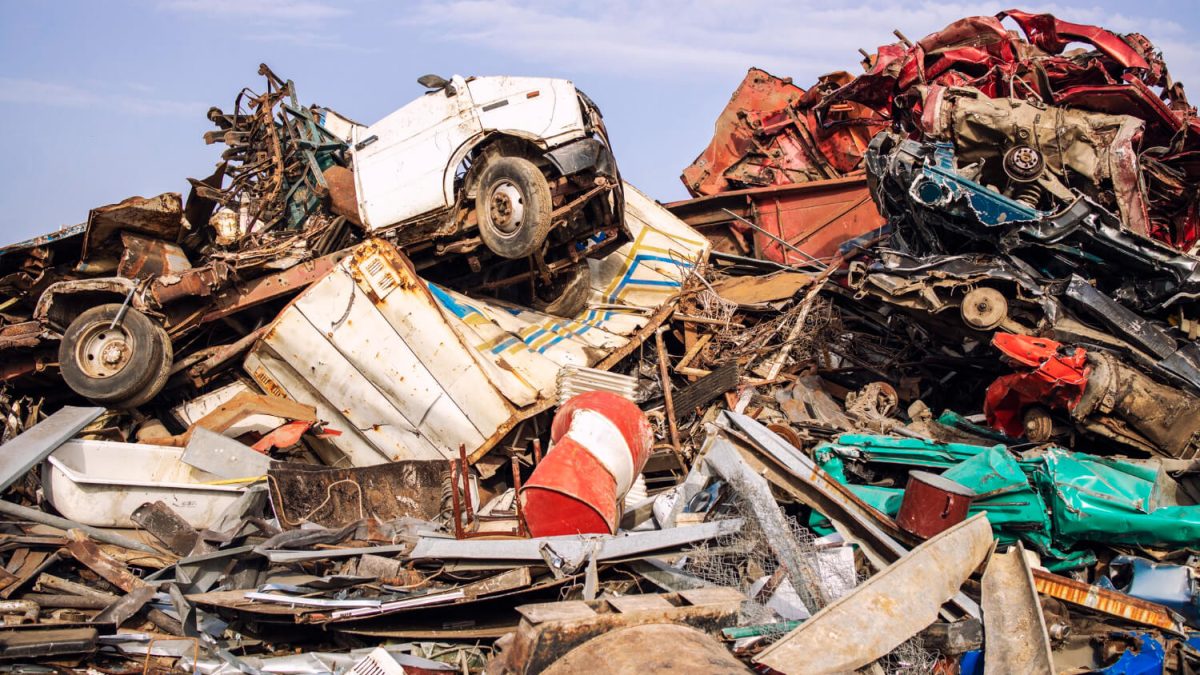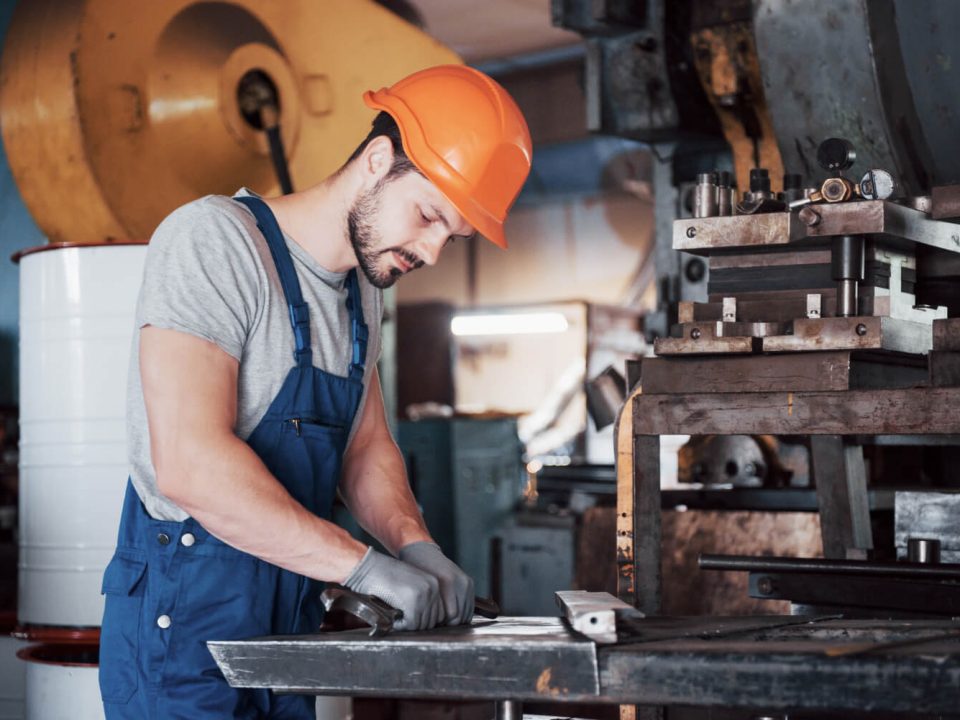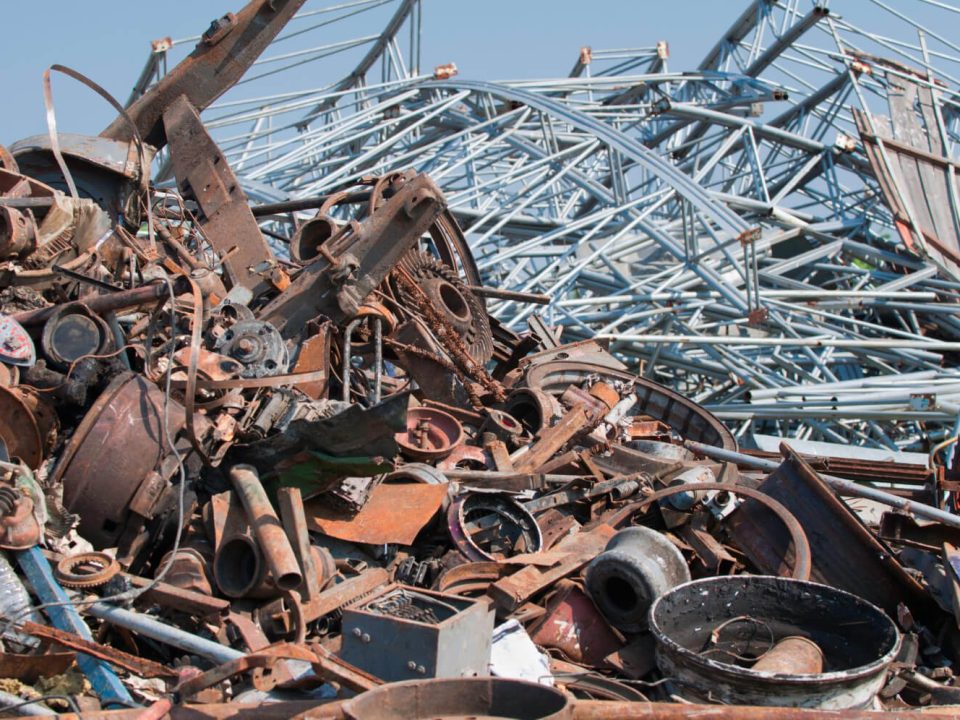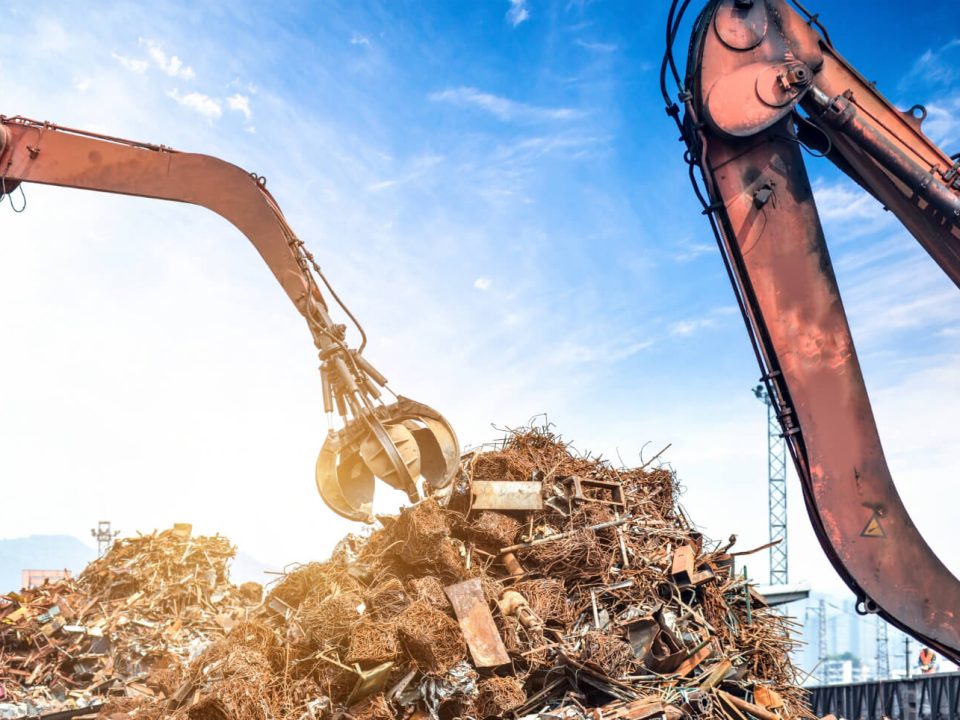
How a Swiss Metal Recycling Company is Supporting Green Initiatives
February 27, 2025Recycling metal isn’t magical; it requires planning, research, and hard work. In this guide, we explore each step in detail so you can see exactly how scrap can become something useful
Step 1: Collection and Transportation
To start recycling responsibly, the journey starts with collection. Scrap metal comes from various sources – old cars, broken appliances, construction sites, and so forth. Local centers typically take on this responsibility by collecting scraps for transporting to recycling centers for recycling.
Recyclers see what most view as junk as valuable raw material that must be transported with care – metal can be heavy; using the appropriate vehicles and equipment is vital; And yes, sometimes the road is bumpier than a used car lot.
Key Points:
- Scrap metal is collected from various sources.
- Reliable transport keeps the process smooth.
- Every piece of scrap metal is a potential resource.
Step 2: Sorting and Categorizing
Once in the recycling facility, sorting begins. Here workers and machines work hand in hand to separate different metals—ferrous metals like steel contain iron, while non-ferrous ones like aluminum and copper don’t contain this element.
Modern facilities use sophisticated tools for metal recycling: magnetic separators collect ferrous metals while optical sorters use light detection. Furthermore, manual sorting still plays an essential part when machines cannot decide. It ensures all metal recycling proceeds smoothly with clean material being processed through.
Sorting metals is like sorting laundry: You do not want your whites mixed with your colors. When properly organized, recycling becomes easier and faster.
Key Points:
- Ferrous and non-ferrous metals are separated through sorting.
- High quality is ensured by sophisticated machinery and hand inspections.
- The following steps are made easier by clean, sorted metal.
Step 3: Shredding and Size Reduction
Once scrap metal has been separated by sorting, its handling should become simpler through shredding. Huge machines called shredders break apart the metal into manageable chips for shredding machines to process further.
Shredding metal works similarly to cutting vegetables for salad: You need them to be small to mix well later. By shredding the metal, you increase its surface area. More surface area means faster melting times.
Key Points
- Shredding breaks metal into smaller, manageable pieces.
- Smaller pieces melt faster.
- This step also saves energy during melting processes.
Step 4: Melting Metal
Once melting begins, the real transformation takes place. Shredded metal is loaded into a furnace of various kinds – induction furnaces or electric arc furnaces are frequently found among metal recyclers.
Furnaces heat metal to a high temperature before melting it to a liquid state for recycling purposes. Although energy-intensive, recycling uses considerably less power than mining new metal from ore – some estimates show up to 75% savings!
Heat can transform metal from its previous state into something usable for further processing, taking one crucial step closer to turning scrap into something useful and new.
Key Points:
- Shredded metal is melted in a high-temperature furnace.
- Recycling saves significant energy.
- Melting transforms metal into a liquid form.
Step 5: Purification and Refining
Impurities may be present in the molten metal. Purification eliminates these undesirable elements. Slag can be eliminated with the use of methods like fluxing. The metal may occasionally undergo chemical or electrochemical treatment.
The metal satisfies quality standards thanks to the refining process. It’s similar to washing a filthy window till it’s clear. The important thing is purity. For producers, high-quality recycled metal performs better. For all metal recycling to be successful, this step is essential.
Key Points:
- Impurities are removed during the refining process.
- Purification techniques improve metal quality.
- High purity is essential for new metal products.
Step 6: Casting and forming
Once purified, metal is cast into shapes for further use by manufacturers in creating products. This process transforms liquid metal into solid forms such as ingots or bars. These forms will then be utilized by them when producing new goods.
Casting metal parts is similar to cooking: simply pour liquid into a mold, let it set, and you have your finished shape! Casting helps standardize metal so manufacturers know exactly what materials they’re working with.
Key Points:
- Clean metal is poured into molds.
- The casting creates standard shapes.
- This is an essential step to maintain product quality over time.
Step 7: Metal Distribution
In the final stage of metal recycling, its cast metal will be distributed to various manufacturers who can then repurpose it in products like cars, appliances and buildings – thus recycling finding its way back into everyday products!
Manufacturers appreciate recycled metal because of its consistency and lower costs; its increased consistency reduces mining for new ore. This step completes the cycle. Recycled metal becomes part of new products for use once more!
Key Points:
- It was distributed to manufacturers.
- Used in producing various products.
- The recycling process is now complete.
Technology and Innovation
All metal recycling processes rely heavily on modern technology. From sorting machines to energy-saving furnaces, every step is enhanced through innovation; new technologies continue to emerge, making recycling faster and cleaner than ever.
- Automation: Robots and AI now perform many of our daily metal work-related tasks with incredible precision, sorting and processing metal very accurately.
- Digital Tracking: Tools like blockchain allow metal collectors to monitor how it travels from the collection point to the final product—building trust and providing transparency along the way.
- Energy Efficiency: Modern furnaces and recycling methods use less energy, benefiting both your wallet and the planet.
These developments demonstrate that metal recycling has a promising future. They guarantee that the procedure stays effective and sustainable despite changes in markets and laws. The cycle is maintained by a combination of modern technology and traditional methods.
Zorom
Metal recycling can be both complex and rewarding; for the green revolution to continue smoothly, you need an expert partner like Zorom on board to deliver high-grade recycled metal that meets modern manufacturers’ needs while remaining cost-effective. From sustainable practices and solutions to pure consistency and exceptional purity. Zorom provides quality recycled metal that ensures you can stay ahead of costs with our solutions for metal recycling! Think of Zorom as your friendly partner when it comes to recycling with quality that goes with sustainability.






